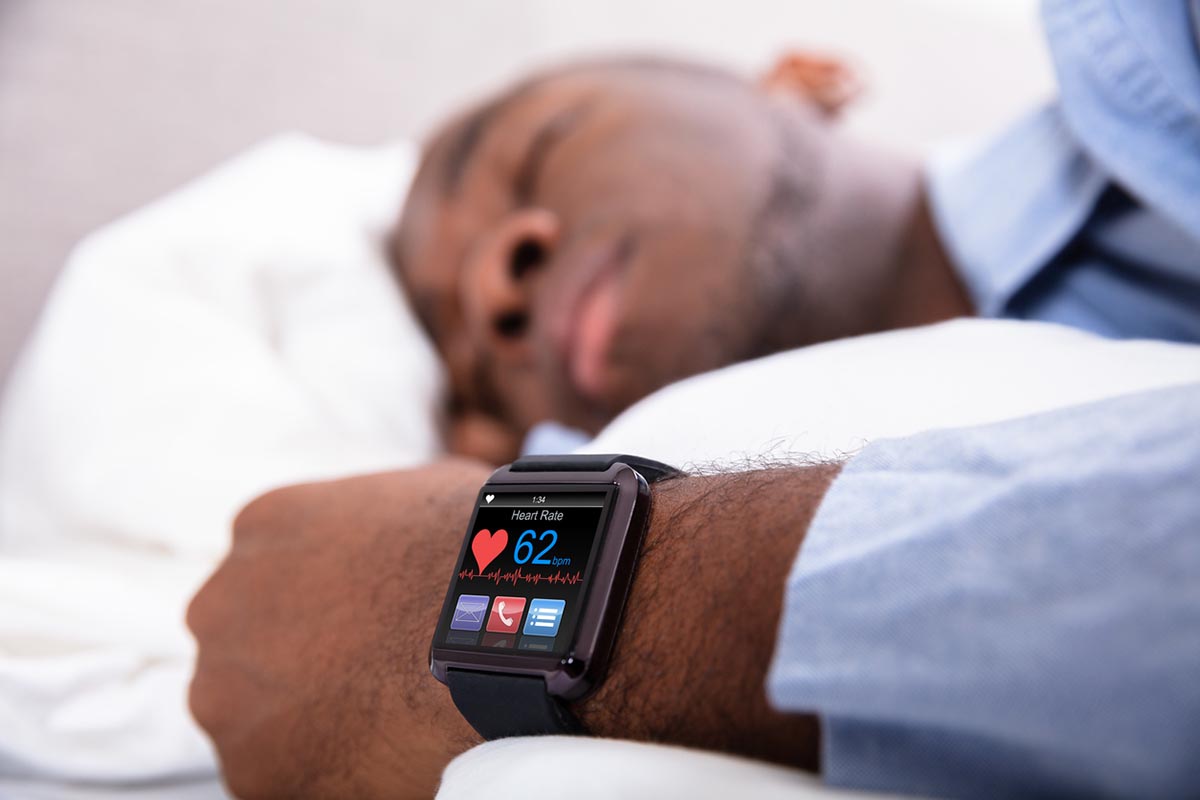
aWilliam Carey University College of Osteopathic Medicine, Hattiesburg, Mississippi
bZiauddin University, Karachi, Pakistan
cUniversity of Texas at Austin, Austin, Texas
dMD TruCare, Grapevine, Texas
eDepartment of Psychiatry, University of Oklahoma, Oklahoma City, Oklahoma
*Corresponding author: Imran S. Khawaja, MD, FAASM, MD TruCare, 823 Ira E Woods Ave, Ste: 200, Grapevine, TX 76051 ([email protected]).
Prim Care Companion CNS Disord 2021;23(6):21cr02960
To cite: Mashiana MK, Irfanullah Z, Khawaja HI, et al. Case of seizures with sudden discontinuation of zolpidem. Prim Care Companion CNS Disord. 2021;23(6):21cr02960.
To share: https://doi.org/10.4088/PCC.21cr02960
© Copyright 2021 Physicians Postgraduate Press, Inc.
Insomnia is prevalent among 20%–30% of the population and is more common in women than men.1,2 Zolpidem has been used to treat insomnia instead of benzodiazepines because of its reported lower risk of tolerance and withdrawal. There have been minimal reports in the literature of zolpidem withdrawal causing seizures. We report a case of zolpidem dependence that caused seizures upon abrupt withdrawal.
Case Report
Ms A is a 54-year-old married White female flight attendant with a history of insomnia who developed zolpidem dependence as she self-medicated with a high dose of zolpidem.2 We (I.S.K.) first saw her during her hospitalization because of seizures.
Ms A had trouble keeping a regular sleep schedule due to working on long-distance flights, which eventually led to her taking 90–100 mg of zolpidem per night for the past year instead of the US Food and Drug Administration–approved dose of 5 mg in women. Due to a lack of regulation in other countries, she had access to unlimited amounts of zolpidem.
Ms A realized that she was taking a high dose of zolpidem and that she was abusing the medication. She decided to abruptly discontinue the medication with no consultation with a medical practitioner, which caused her to have a seizure approximately 30 hours after the last dose and ultimately led to hospitalization.
She was given a chlordiazepoxide taper over 5 days starting at 30 mg 4 times/day. She was medically cleared and discharged from the hospital, underwent 2 months of chemical dependency treatment, and returned to see us in our clinic.
She remained zolpidem free but complained of symptoms of depression, including having periods of feeling down and depressed and having no energy or motivation. Her 9-item Patient Health Questionnaire3 score was 11. We prescribed fluoxetine 20 mg, which helped her depressed mood, and trazodone 50 mg for insomnia. However, she also described having some days where she feels “highs” and “happier than usual” accompanied by racing thoughts and decreased need for sleep. There were no accompanying psychotic symptoms or hallucinations. She reported generalized anxiety symptoms throughout her life but no major panic attacks. Based on her hypomania and depressive episode symptoms, she was diagnosed with bipolar disorder type II. She was started on aripiprazole to help with her mood and possible hypomanic symptoms. Ms A reported that she felt that her hypomanic symptoms could have triggered her sleep-related complaints and subsequent zolpidem abuse.
She did very well on aripiprazole and trazodone and decided to discontinue aripiprazole due to weight gain and instead manage her mood with regular exercise, good nutrition, and adequate sleep. She continued to take trazodone long term. She was educated about the importance of good sleep hygiene and the stimulus control technique, which helped her sleep well. Also, she stopped flying international flights, which further helped her get adequate sleep.
Discussion
Insomnia is a common sleep disorder comorbid with many other clinical conditions like depression, anxiety, obstructive sleep apnea, and delayed sleep phase disorder.1 One of the most commonly prescribed hypnotics, zolpidem, is a nonbenzodiazepine agent that potentiates γ-aminobutyric acid’s inhibitory actions.2,4 Historically, zolpidem has been publicized for its sedative effects and not for anxiolytic, anticonvulsant, and myorelaxant properties.5
Our case signifies that zolpidem should be monitored for withdrawal seizure, mostly when patients’ self-withdraw. Withdrawal seizures can happen relatively earlier due to the short half-life of zolpidem. Several case reports6,7 suggest that zolpidem’s withdrawal seizures occur when taking more than 100 mg of zolpidem. We implore readers to pay specific attention to the medications that patients take and monitor the use and increase in dosage. Becoming aware of tolerance and addiction would help prevent seizures upon abrupt withdrawal. Meticulous monitoring and engaging in discussion with the patient can set the path for developing a safer alternative to zolpidem use in insomnia.
Published online: November 11, 2021.
Potential conflicts of interest: None.
Funding/support: None.
Patient consent: Consent was received from the patient to publish the case report, and information has been de-identified to protect anonymity.
References (7)

- Arroll B, Fernando A 3rd, Falloon K, et al. Prevalence of causes of insomnia in primary care: a cross-sectional study. Br J Gen Pract. 2012;62(595):e99–e103. PubMed CrossRef
- Sanger DJ, Depoortere H. The pharmacology and mechanism of action of zolpidem. CNS Drug Rev. 1998;4(4):323–340. PubMed CrossRef
- Kroenke K, Spitzer RL, Williams JB. The PHQ-9: validity of a brief depression severity measure. J Gen Intern Med. 2001;16(9):606–613. PubMed CrossRef
- Drake CL, Roehrs T, Roth T. Insomnia causes, consequences, and therapeutics: an overview. Depress Anxiety. 2003;18(4):163–176. PubMed CrossRef
- Pericić D, Vlainić J, Strac DS. Sedative and anticonvulsant effects of zolpidem in adult and aged mice. J Neural Transm (Vienna). 2008;115(6):795–802. PubMed CrossRef
- Haji Seyed Javadi SA, Hajiali F, Nassiri-Asl M. Zolpidem dependency and withdrawal seizure: a case report study. Iran Red Crescent Med J. 2014;16(11):e19926. PubMed
- Cubała WJ, Landowski J. Seizure following sudden zolpidem withdrawal. Prog Neuropsychopharmacol Biol Psychiatry. 2007;31(2):539–540. PubMed CrossRef
Please sign in or purchase this PDF for $40.
Save
Cite



